
Developer: Artisan Games
Publisher: Idea Factory
Platform: PS4, Switch
Tested on: Switch
Super Neptunia RPG – Review
A spin-off of the popular Hyperdimension Neptunia series, Super Neptunia RPG is the first game in the series that was not developed in Japan. It’s not very often that a Japanese-centric video game series is handed to a Western studio, but Canada’s Artisan Games clearly respect the source material.
The arrival of Super Neptunia RPG on Switch is also something special: although the series’ debut was almost 10 years ago, it has never before been featured on a Nintendo system. Given the concept of Hyperdimension Neptunia being about console wars it’s somewhat surprising that the games have been exclusive to PlayStation and PC up until this game.
Story
The game takes place in the world of Gamindustri, where we meet our protagonist and series’ namesake, Neptune. She’s suffering from amnesia but something inside her tells her she’s a heroine. In an attempt to regain her memory and find her destiny, she teams up with the Bombyx Mori, an organisation whose purposes are initially unclear. When it turns out the Bombyx Mori aren’t what they seem, Neptune must team up with a party of other amnesia-suffering misfits.
Something that might not be very clear to series newcomers is that this ragtag cast of characters that Neptune teams up with are in fact the goddesses of gaming. They each represent one of the major consoles of their era: Noire is the PlayStation 3, Blanc is the Wii and Vert is the Xbox, respectively. Neptune herself is the personification of the cancelled Sega Neptune. They are the perfect foils to Bombyx Mori’s plan to force the inhabitants of Gamindustri to make bad video games.
It’s all pretty standard stuff from there, but Super Neptunia RPG doesn’t shy away from the clichés of video games. In fact, it revels in them, calling out tropes where it sees fit. A lot of the charm comes from the meta jokes in the dialogue. When a Bombyx Mori member openly expresses his attraction to one of his fellow officers, Neptune wonders if she should inform HR, for example.
Apart from the main story, there’s a plethora of side quests, including the quintessential ‘kill x monsters’ or ‘fetch this item’ missions. Adding to that, collect-a-thons involving magic stones and a veritable armoury of weapons to level up means there’s dozens of hours to spend in the world of Gamindustri if you want to 100% the game.
Graphics
Let there be no doubt about it: this is a gorgeous-looking game. Although other games in the series have opted for 3D graphics, Artisan’s choice for 2D visuals for the series works wonderfully. The use of pastel colours for the beautiful backgrounds makes characters pop and the aesthetic brings to mind games like Octopath Traveller and the Paper Mario series -although the latter relies more on primary colours.
The animation, or lack thereof is another story altogether. Cutscenes are presented through lengthy visual novel style dialogue while characters just stand around in their idle animation. Character and enemy movements are rather basic, with a lot of animation reused. Even when using some of the more intricate moves in combat, it just feels like it could have been so much more. Adding to this is the fact that motion sometimes looks off. Making Neptune jump, for example looks -for lack of better description- like it was animated in Adobe Flash.
If anything, it’s a bit of a luxury problem: what you get to see here looks so good already that it’s a bit disappointing that Artisan didn’t go the extra mile and spruce up the animation, or at least animate the cutscenes.
Sound
What the game lacks in animation is thankfully compensated by the amount of voice acting. Although not every piece of dialogue in the game is present, there is still a surprising amount of voice work, and it’s there in both Japanese and English audio. It’s obvious that the actors know their characters, and voice work never feels phoned in. Neptune’s voice especially feels preppy in both languages. Voice clips are repetitive though: Neptunes ‘Boiiiinggg” or “Like a kangaroo” might put a smile on your face the first time but they become repetitive and annoying when hearing them for the hundredth time.
Musically the game provides a little more variety – the feel of the various areas you’ll explore is enhanced by having a distinct soundtrack ranging from poppy to classic. Not all of these work – the tune of the first dungeon doesn’t really fit the feel of exploration- but when they do, they really stand out.
Gameplay
At its core, Super Neptunia RPG combines standard JRPG fare with some light 2D platforming. There is never really a lot of depth to the game, but that actually adds to the charm: The game isn’t as intense as most JRPG games, making it easily accessible to those new to the genre, while providing a more laid back and relaxing experience to veterans.
Exploration feels very much like a platformer, as you avoid pitfalls by jumping, collect items and try to find hidden areas. Should you fall into one of the many pits, you’ll respawn, having lost a chunk of your HP. One thing to note here is that jump controls aren’t always as responsive as they should be – you might find yourself falling down the same pit multiple times as you try to cross it, simply because that fraction of a second it takes to press the jump button doesn’t always register in time.
You’ll also have a dash button, which can be used to move forward in a burst of speed. This is mostly used to cross the wider gaps while exploring the areas between cities – although the game calls them dungeons, they’re mostly outside and never really feel like a dungeon. Later in the game, Neptune meets a pudding-like creature that she can summon at will. Jumping on top of it means you’ll reach higher places, helping you in your exploration.
Combat isn’t done in real time: performing actions requires you to wait for a meter with action points to fill up. This happens fast enough most of the times, though sometimes it takes a second or two before one of your party members can perform an action, which can feel like it takes the flow out of the game. Although this can be sped up by holding a button, it also speeds up the meter of the enemy monsters. Keep fighting for long enough and you’ll notice your break attack meter filling up as well -once this is ready you can unleash one of your more powerful moves, although most battles will be over before you get to use this.
There is also a formation system: the position where your party members are determines what kinds of attacks they’ll use. Each party member has a single button associated with their current position in the formation. You can assign abilities to these buttons, so you can customize your strategy. As the creatures you encounter have various elemental weaknesses and resistances, it’s a good idea to revise the abilities and strategies as you enter a new area. These don’t always follow common logic either -an early game fire creature is weak to ice rather than water, for example- but you can simply look up the weakness of creatures while you’re in battle with them and adjust your strategy accordingly.
Conclusion
A welcome addition to the Hyper Neptunia series, Super Neptunia RPG is a charming game that never really feels overwhelming. It’s the perfect game for pick-up and play sessions, offering a relaxing JRPG experience that has just enough meat on its bones to feel challenging without ever becoming frustrating.
Super Neptunia RPG - Review,
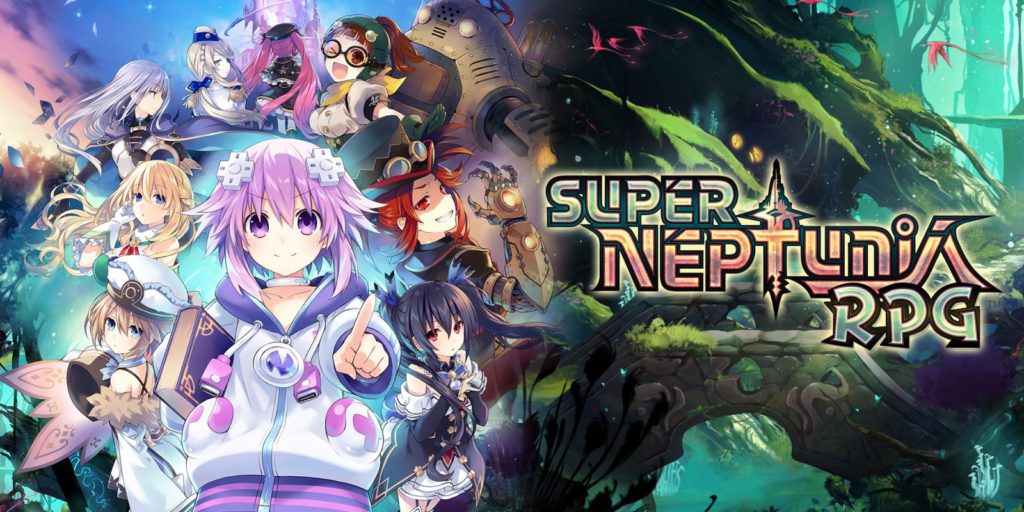
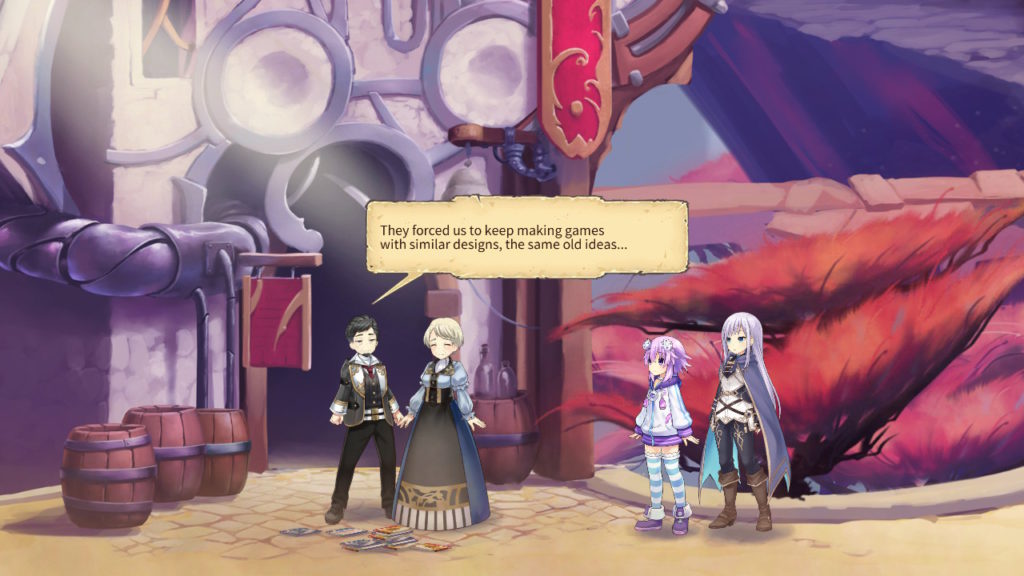
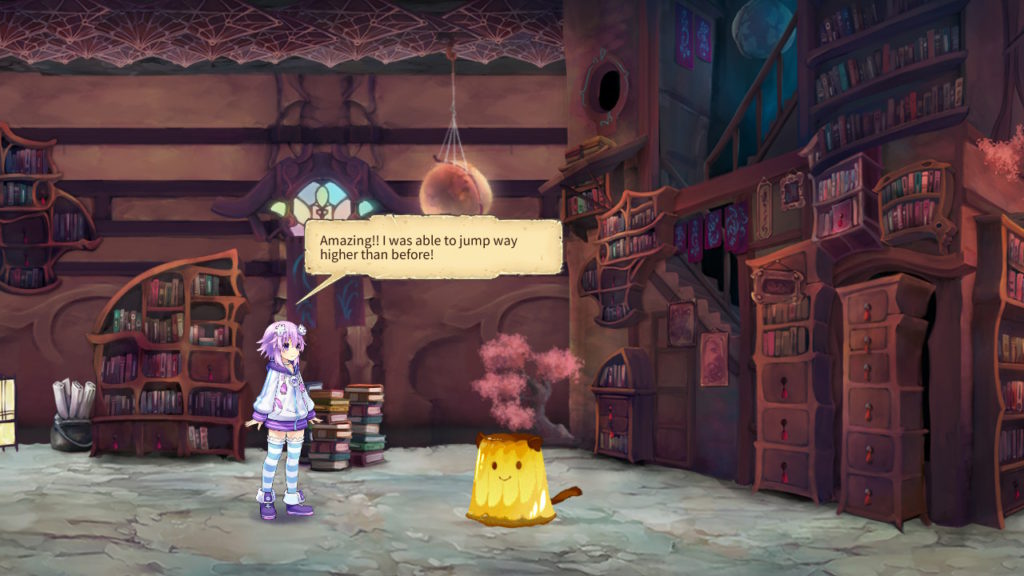
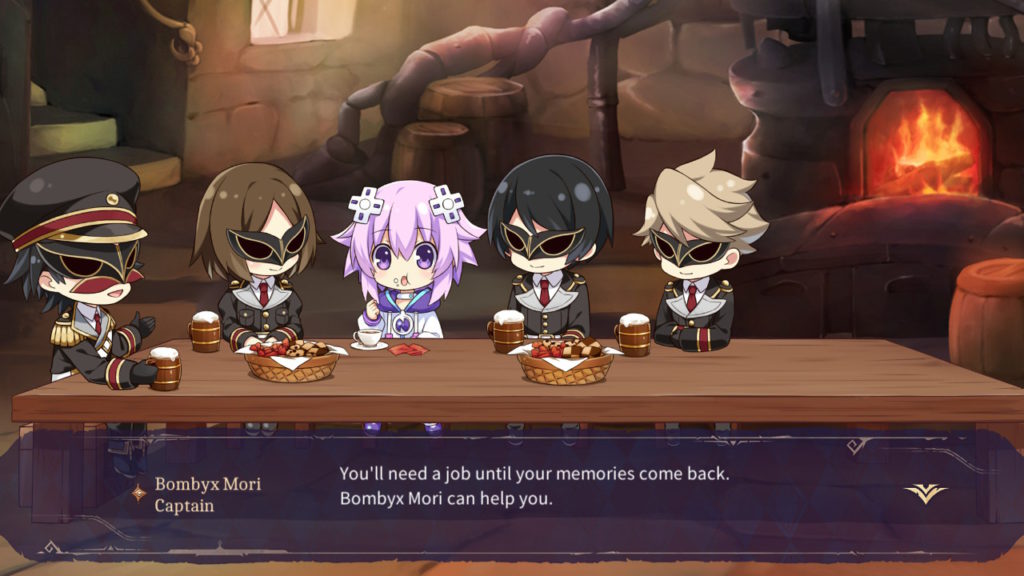
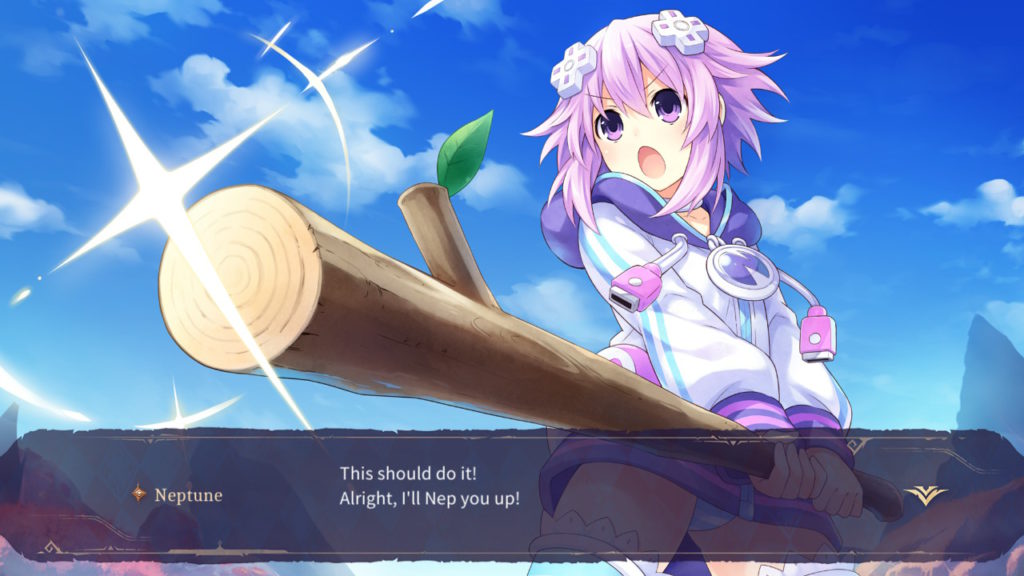
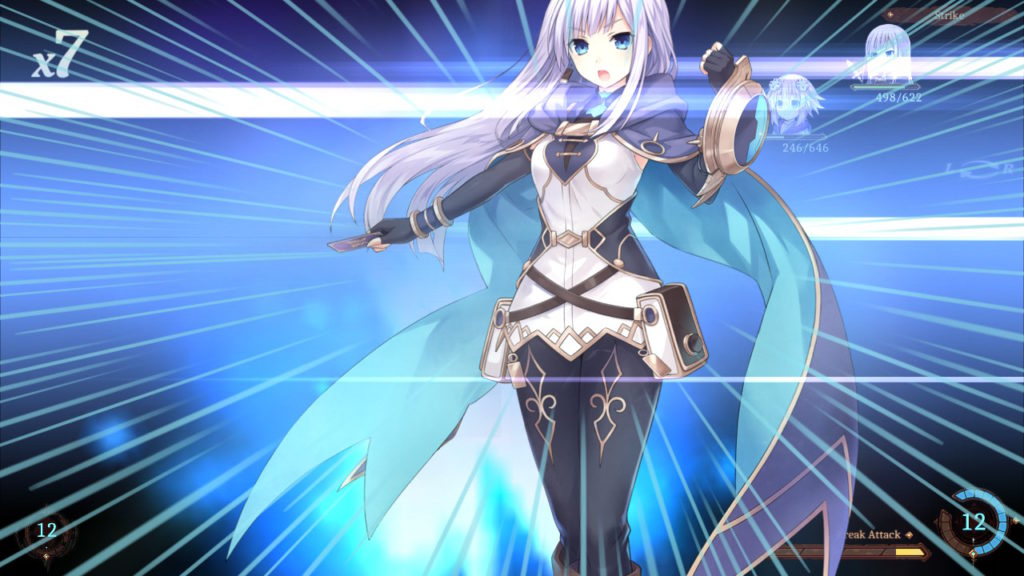


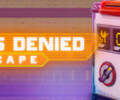


No Comments